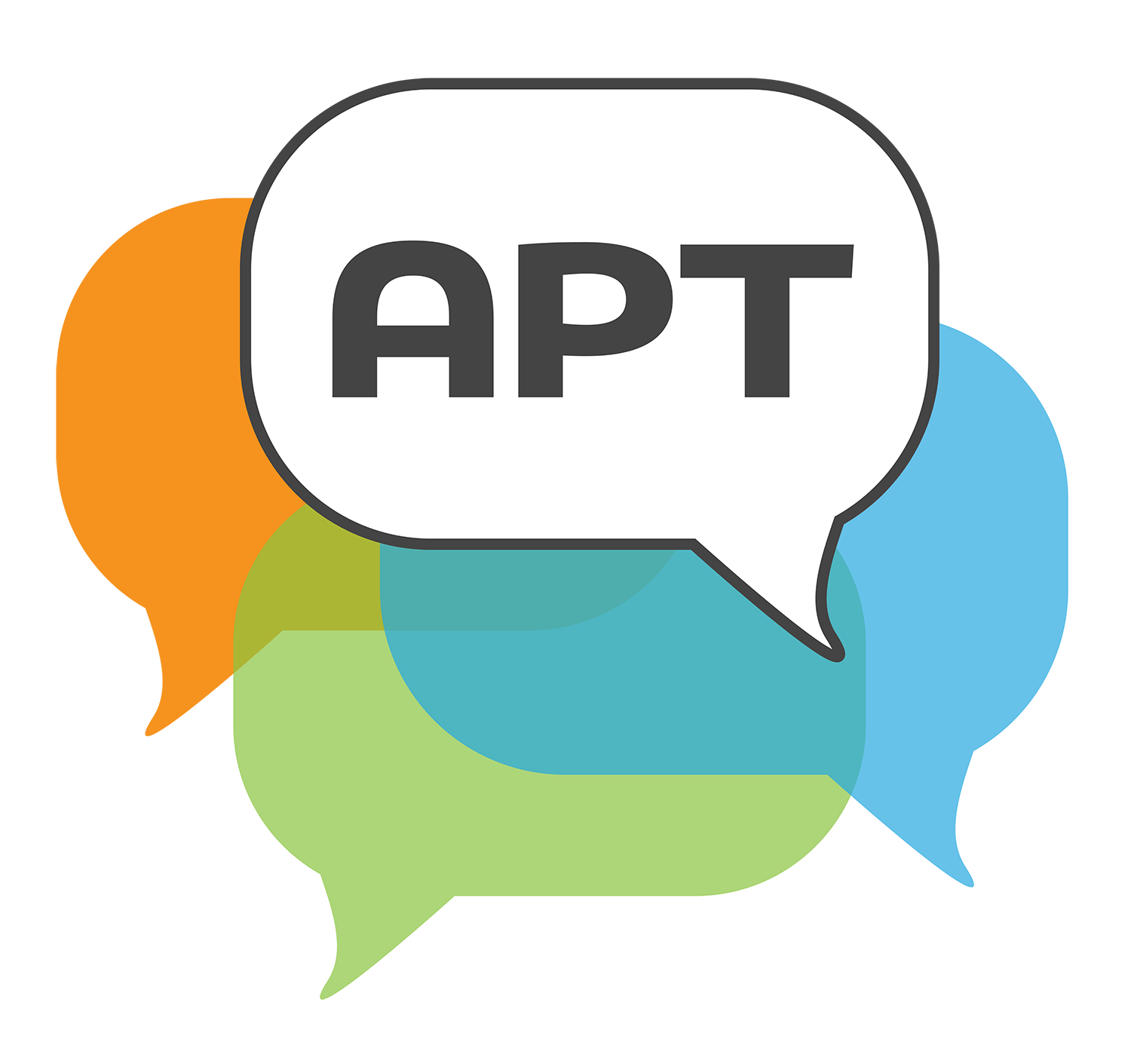John Brown and the Raid of Harper's Ferry
Social Studies • Grade 6
Selected segments with commentary below » Full video viewable here.
At first glance, it’s hard to see the opening clip of this video as an example of APT, given how teacher centered it is. But it’s important to recognize that this segment of the discussion ensures that all students understand what the text actually says before they begin to engage in the more interpretive work.
This student offers the first analytic contribution in this discussion. Because the students had sourced the document (e.g., noted who wrote it and when it was written) before the discussion began, they already knew that it was written 22 years after the raid on Harper’s Ferry. This student uses that knowledge to question the trustworthiness of the account.
This segment of the discussion contains an episode of self-sustained student-to-student discourse. The teacher does two things to support students’ exchange of ideas here: (a) she reminds students that they must listen to each other (e.g., “Hey, Bilal. Sidea is responding to you, so you should be looking at her”) and (b) she stays quiet as students begin engaging with one another. However, when the discourse strays a bit too far from the content in the documents, she focuses students’ attention back on the text (“let's focus on what he is saying now.”)
Here students have a rich discussion about the extent to which they can use what they know about Frederick Douglass’s character – namely, his work as an abolitionist—to make assumptions about the veracity of his claims. This segment is a lovely example of how rich historical thinking can animate students and tap ways of reasoning that they engage in their everyday lives.
This segment represents the core challenge of teaching history. The question asks students to evaluate John Brown’s actions in 1859, which requires that they imagine what he knew and believed was possible in 1859. The student who says "sooner or later the Civil War was going to happen” and later insists that Brown should have “sent letters. . . [or marched] up to the white house” struggles to place herself in the historical context.
The teacher uses two moves to push the students’ thinking. First, she directly challenges the assumption that Brown would have found the Civil War inevitable: “In 1859 did anyone know the Civil War would happen?”
Later, she tries to elicit other students to challenge the claims: “those of you that think his plan was the right thing to do, I want some responses here because Ava’s saying ‘no, it doesn’t matter.”
The clip ends before we see if Ava’s classmates succeeded in challenging her assumptions, but this segment demonstrates how academically productive talk can support students in doing rich historical reasoning.


